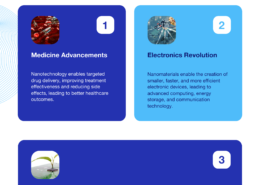The Aditya-L1 launch by the Indian Space Research Organization (ISRO) is scheduled for 2023. What distinguishes Aditya-L1 from Aditya-1? Mention Aditya-L1’s scientific goals as well. (Answer in 150 words)
In my point of view, yes government should prioritize funding for Mars, even right now we are discussing this but I'm sure after 25 or 30 years it will happen. let us understand with an example if we want to study abroad or want to make a big house for my parents, I start saving or planning today. aRead more
In my point of view, yes government should prioritize funding for Mars, even right now we are discussing this but I’m sure after 25 or 30 years it will happen. let us understand with an example if we want to study abroad or want to make a big house for my parents, I start saving or planning today. also, if we have 2 houses in 2 different cities, countries, or universes we want to renovate 1 house so we can shift another house similarly, earth has so many problems for mankind but Mars would be a plan B, it’s not only for stabilized human colonies on mars but also benefit for financial growth as a travel point of view, also new planet studies, weather studies, agriculture, water, geographic studies. today whatever problems it’s known as tomorrow’s studies. so the government should be funding Mars colonization for tomorrow’s investments.
See less

Aditya-L1 is a significant advancement over its predecessor, Aditya-1. Here’s how they differ and the scientific objectives of Aditya-L1: Differences Between Aditya-L1 and Aditya-1: Mission Scope and Payloads: Aditya-1: Originally planned to be a dedicated mission to study the solar corona, Aditya-1Read more
Aditya-L1 is a significant advancement over its predecessor, Aditya-1. Here’s how they differ and the scientific objectives of Aditya-L1:
Differences Between Aditya-L1 and Aditya-1:
Scientific Objectives of Aditya-L1:
Overall, Aditya-L1 aims to provide a holistic understanding of solar activities and their influence on space weather, which is crucial for predicting space weather events and their potential impact on technological systems and daily life on Earth.
See less